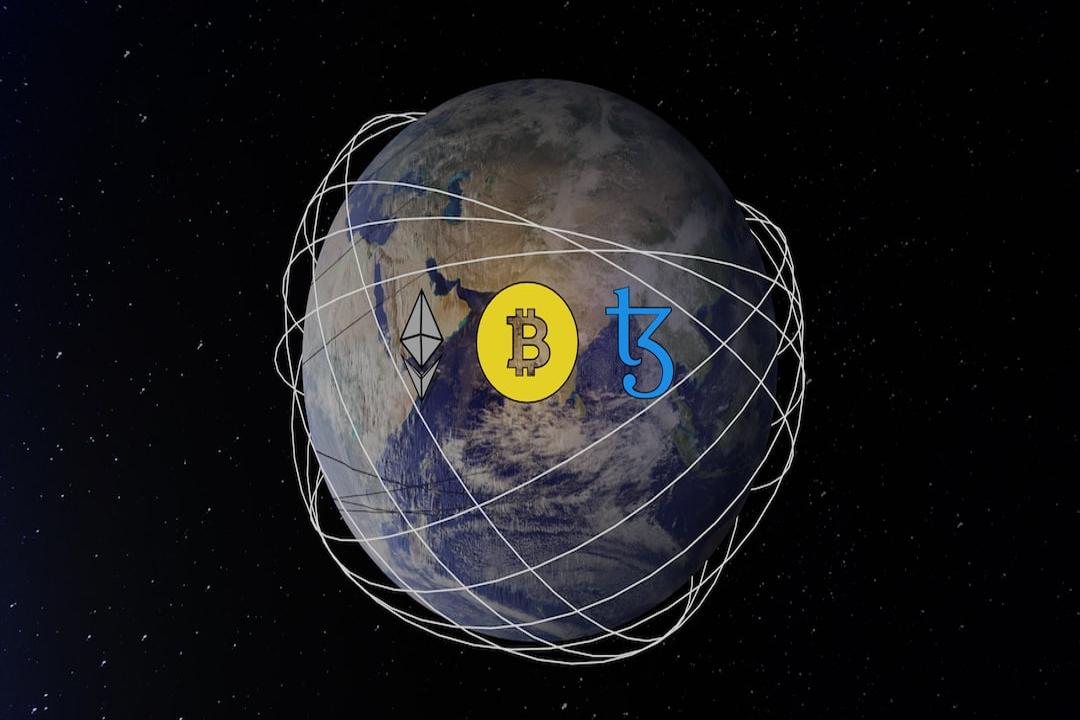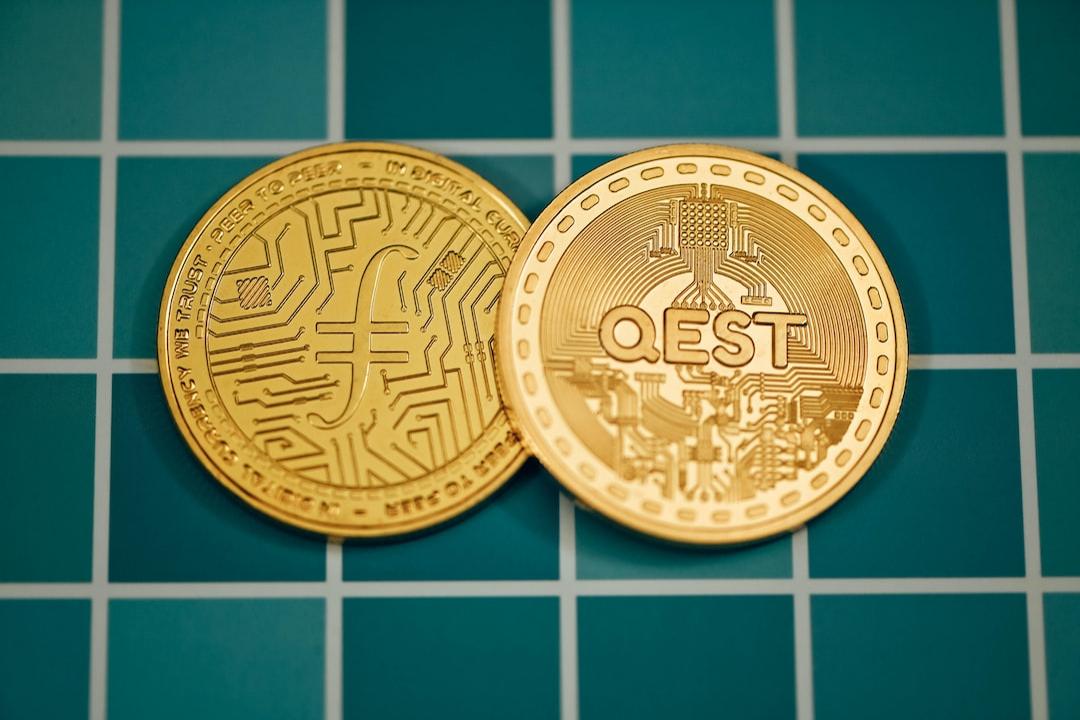The explosive development of Bitcoin script this year has brought both wealth and controversy. “Bitcoin Core” developer Luke and Bitcoin godfather Adam Back have expressed different views. What new narratives will Ordinals and Bitcoin L2 bring in the future?
Summary:
Bitcoin script Ordinals was added to the US “security vulnerability” database. What do experts say?
Background:
Bitcoin script ban storm: a game of calculation between miners, exchanges, and developers.
Table of Contents:
What can Bitcoin L2 achieve?
Understanding the relationship between Bitcoin script and Bitcoin L2
Bitcoin script 1.0 and Bitcoin script 2.0
On December 6th, Bitcoin Core developer Luke publicly expressed his opposition to Bitcoin script. On December 17th, Bitcoin godfather Adam Back presented a different viewpoint. He believes that there should be no attempt to stifle script. Issuing assets on the Bitcoin chain brings huge profits to Bitcoin miners and is valuable for the long-term stable development of Bitcoin.
The congestion issues caused by script in the Bitcoin network can be resolved through the development of Bitcoin L2.
Extended reading:
Death sentence for Bitcoin script? Core developer’s retort: Vulnerabilities will be fixed next year, and BRC-20 will disappear!

Bitcoin Core developer Luke

Bitcoin godfather Adam Back
Adam Back is well-known to everyone. In 1997, his invention of Hash Cash directly inspired Satoshi Nakamoto to create Bitcoin. Therefore, he is known as the godfather of Bitcoin. Blockstream, founded by him, is a globally renowned Bitcoin development company and has played a key role in various important Bitcoin upgrades (including Segregated Witness and Taproot). He has a significant influence in the Bitcoin community.
Extended reading:
Bitcoin in the eyes of senior developer Adam Back: “A monetary system can function because people want it to.”
Adam Back’s tweet sparked a huge discussion, and everyone started to think about what sparks Bitcoin script and Bitcoin L2 would create. What new development opportunities can Bitcoin L2 bring to Bitcoin and assets on the Bitcoin chain?
I strongly agree with Adam Back’s viewpoint. This is a builder’s perspective on script and the development of the Bitcoin ecosystem. On the other hand, Luke sees script as something to be eliminated and firmly opposes it. Adam Back provides a practical solution – the development of Bitcoin L2.
I have a deep understanding of Bitcoin script and have also conducted some research on Bitcoin L2. Below, I will use the BEVM project, which is the focus of my research on Bitcoin L2, as an example to explore the potential sparks between Bitcoin script and Bitcoin L2.
The reason for choosing BEVM as an example is because BEVM is a decentralized Bitcoin L2 that is already implemented and can be deployed for decentralized applications. Other Bitcoin L2 solutions, including RGB and BitVM, are not available at the moment, regardless of whether they are theoretically feasible.
BEVM is a decentralized Bitcoin L2 that uses BTC as gas and is compatible with EVM. The testnet has already been launched, and there are a large number of ecosystem projects deployed based on BEVM.
Extended reading:
Arbitrum outage incident reveals that “Bitcoin L2 and Ethereum L2” are going their separate ways.
Understanding the relationship between Bitcoin script and Bitcoin L2
To understand the relationship between Bitcoin script and Bitcoin L2, we first need to review the history of asset issuance.
From 2016 to 2019, the mainstream narrative in the crypto industry was based on asset issuance on Ethereum. ERC20 was the mainstream token issuance standard at that time, similar to today’s Bitcoin issuance standard BRC20 and other XRC20 standards. The ICO boom in 2017 was no less than the script Fair Mint in 2023. Of course, most ERC20 tokens experienced a rise and fall and ended up worthless. The majority of the currently popular isolated XRC20 tokens will likely face a similar fate.
However, during the same period from 2016 to 2019, in addition to the birth of various air tokens, DeFi protocols were also created to build application scenarios around tokens. Examples include MakerDAO and Uniswap. They have endured bull and bear markets and ultimately experienced the DeFi summer of 2020. They remain paradigms of decentralized applications. From this historical perspective, can Bitcoin script, or various XRC20 tokens, also build decentralized script applications? I believe the answer is yes, and it is an inevitable trend.
Can script assets be used to build applications on the Bitcoin mainnet? The answer is obviously no. Due to Bitcoin’s minimalist UTXO design, limited block space, and inherently Turing incomplete architecture, Bitcoin cannot support decentralized applications. Therefore, Bitcoin L2 becomes a necessity. Bitcoin needs L2 more than Ethereum. If this conclusion had been proposed before the script boom in 2023, not many people would have understood or accepted it. However, in today’s world where script assets are flying everywhere, especially for teams that have issued script and want to continue building, Bitcoin L2 has become almost the only solution for the future development of script.
Bitcoin script 1.0 and Bitcoin script 2.0
Looking at the development of Bitcoin script from its inception to the present, we can categorize its gameplay into Bitcoin script 1.0 and 2.0 stages.
Bitcoin script 1.0’s gameplay is straightforward: conceptual narrative, Fair Mint, community FOMO, narrative failure, and ultimately worthlessness. Many script descriptions revolve around narratives such as cross-chain bridges, DEXs, oracles, and launchpads. If these applications are to be realized, the best choice is to deploy them on Bitcoin L2 and build the required decentralized applications and scenarios around script in L2. Therefore, we can vaguely see the gameplay of Bitcoin script 2.0: issuing tokens on Bitcoin L1 and building applications on Bitcoin L2.
Therefore, we can predict that future Bitcoin ecosystem application teams will issue tokens based on Bitcoin and distribute them through Fair Mint. Users can then transfer script assets to Bitcoin L2 to participate in various applications and capture the value of the applications or protocols themselves using tokens. Therefore, we will see various script applications running on Bitcoin L2.
Moreover, if BEVM also supports token minting protocols like Fair Mint in the future, users can directly launch assets fairly on BEVM and build various decentralized applications on BEVM. This is also a good entrepreneurial direction. To better understand, let’s take an example:
Currently, there is a Bitcoin NFT project called Bitmap, which is a very cool “metaverse land” project completely based on Bitcoin’s block generation limit. It already has nearly 30,000 addresses holding this NFT and has a strong community foundation. If Bitmap wants to expand into more complex metaverse application scenarios, it is obvious that the Bitcoin mainnet does not support this. Therefore, Bitmap can move to BEVM and directly build various decentralized scenarios, such as GameFi or metaverse scenes based on Bitmap NFT. Furthermore, it can still use BTC as gas, but with lower fees, and Bitmap can also issue governance tokens on BEVM to govern the entire Bitmap ecosystem.
Not only Bitmap, but other Bitcoin NFTs on the Bitcoin chain, such as Bitcoin Frogs, MNCHRMS, and OrdiRocks, can follow a similar approach to build richer application scenarios on BEVM.
Since BEVM realizes the cross-chain capability of completely decentralized Bitcoin and Bitcoin chain assets, a large number of Bitcoin and Bitcoin chain assets can circulate on BEVM without trust and remain secure, equivalent to assets on the Bitcoin mainnet. This design has the following benefits:
By executing script assets on BEVM, it can greatly reduce the execution pressure on the Bitcoin mainnet, preventing congestion and invalid data. Bitcoin only handles asset registration and ledger security, while layer-two executes these applications, clearly dividing labor and mutually benefiting each other.
A large number of script assets that were difficult to build applications on the Bitcoin chain can now create more diverse and sustainable gameplay due to the infrastructure provided by BEVM.
Finally, a closed-loop ecosystem is formed where Bitcoin L1 issues assets and Bitcoin L2 builds applications. This is most likely the development path of the current Bitcoin ecosystem, and we look forward to it together.
Related Reports:
The first Bitcoin oracle Alex Labs emerges, opening the door to Bitcoin’s DeFi.
In-depth discussion of the differences between Layer2 and L2 Rollup, the way forward for the Bitcoin ecosystem.
Why Bitcoin’s ecosystem is “bound to” surpass Ethereum?


